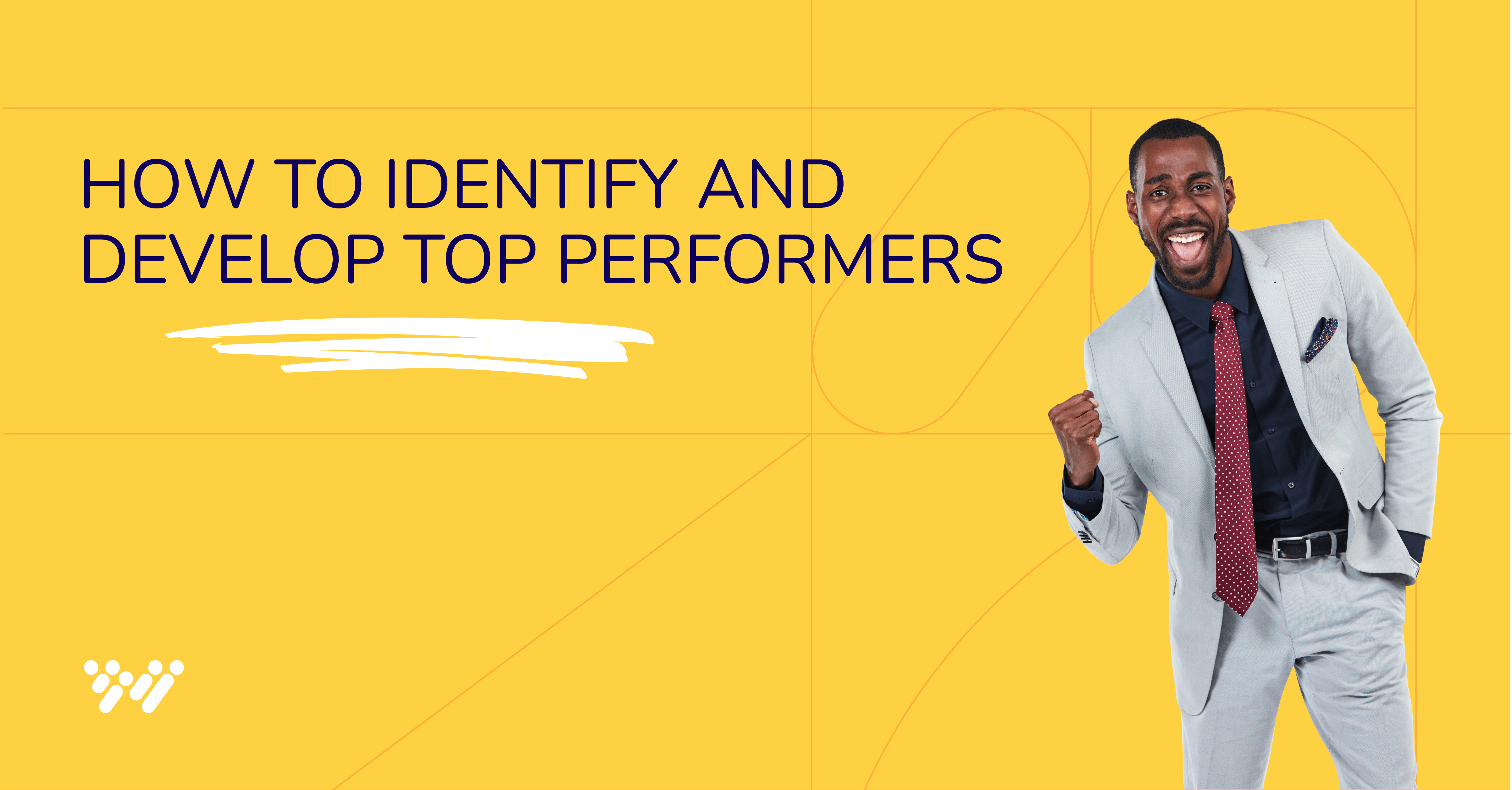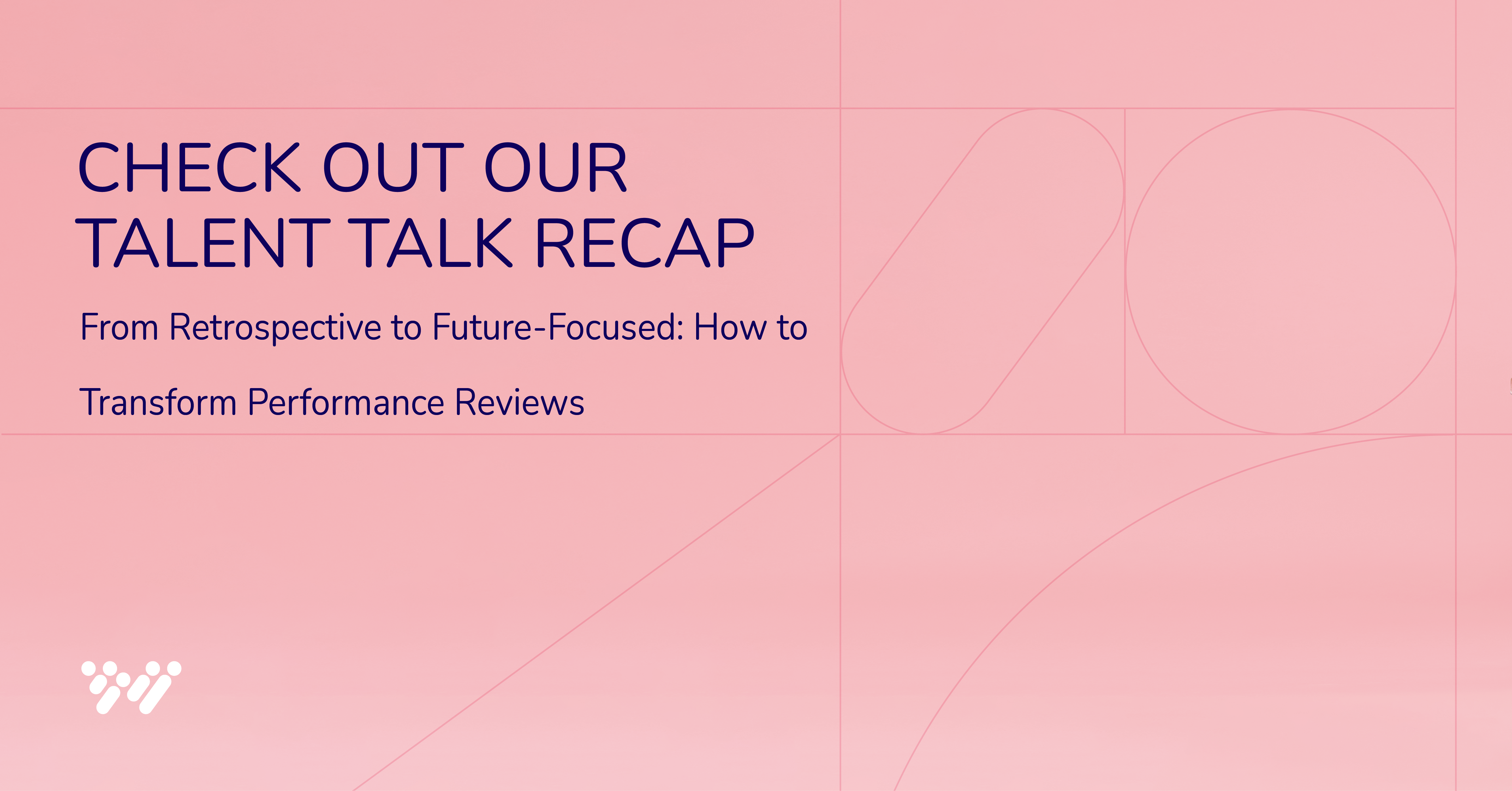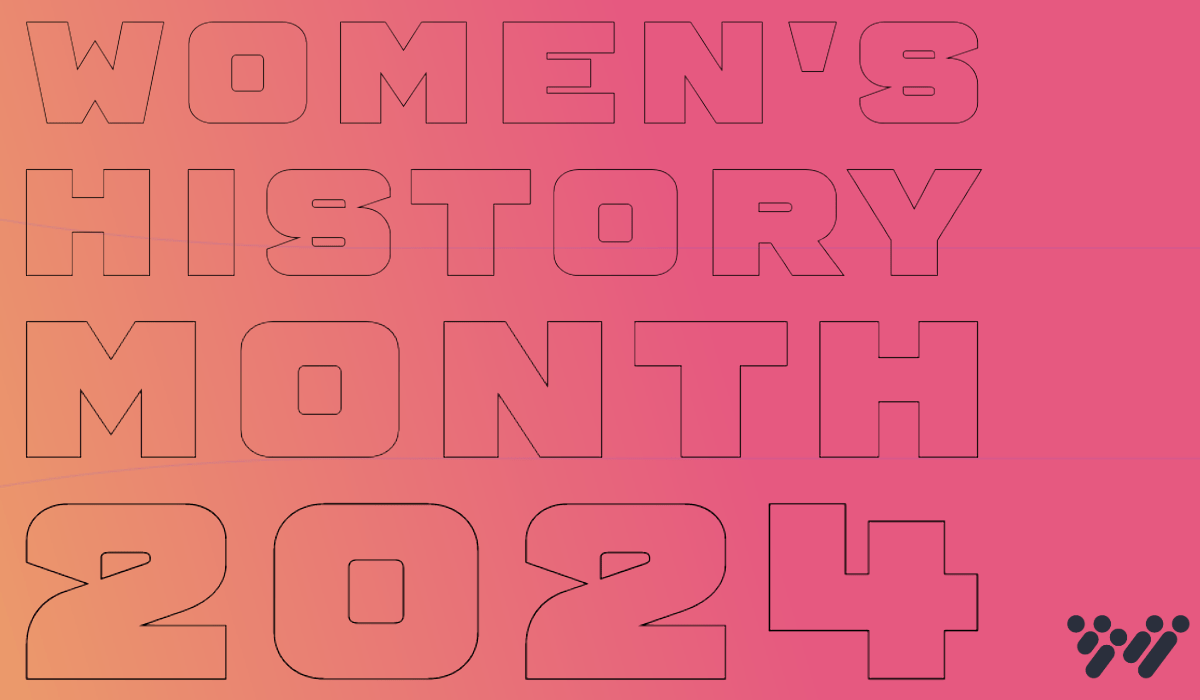Performance management is a major investment area for HR leaders — and also a source of disappointment. McKinsey finds that over half of HR respondents do not believe their performance management programs have led to positive performance impacts. Gallup estimates that HR spends up to $3,500 per employee annually managing the employee performance management process. When factoring in implementation costs, change management, adoption efforts, ongoing administration etc., the overall price tag of performance management is higher.
It doesn’t have to be so difficult. Wonderlic advises HR leaders adjust how they view and approach performance. Given that few HR teams have the resources or bandwidth to align managers, employees, processes, and technologies behind systemic performance management, maybe it’s time to try a different way. In a ‘do more with less’ HR environment, you need ways to get the most out of your talent. Do that by first shifting emphasis from employee performance management — which takes a backward look at what happened in the past — to employee development — which looks forward. A performance development program empowers employees with the insights they need to take the lead on developing themselves.
Those insights come from assessments that uncover the unique strengths and challenges of each employee. Assessments provide your organization with the people data that performance management tools don’t. They also enable your employees to take control of their development journey. Here, we dig into the factors that make current approaches to development ineffective and why an assessment-driven employee development program leads to better results.
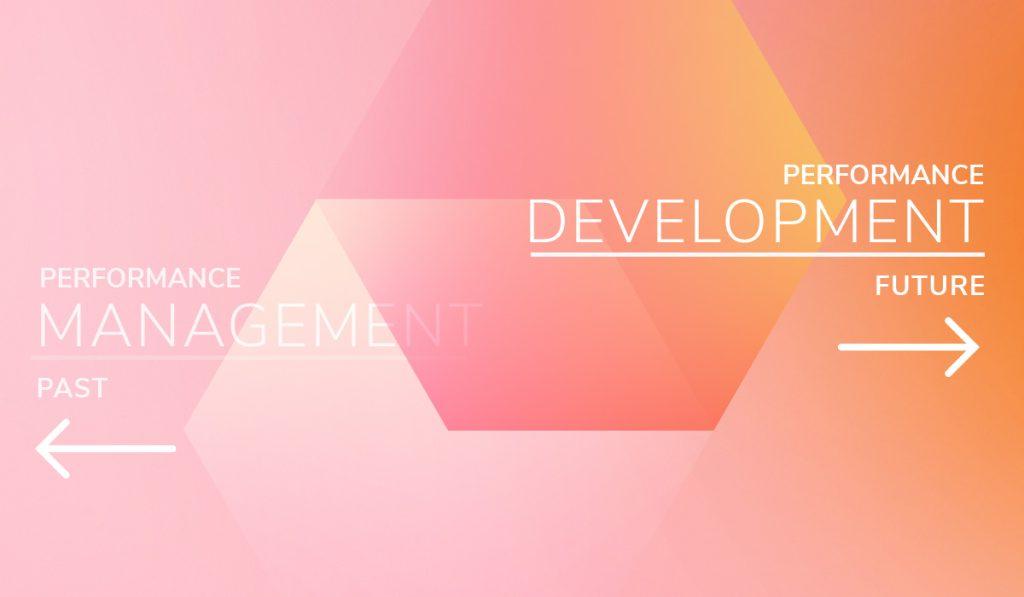
Three trends affecting the talent roller coaster
Managers have always struggled to assess employee performance. Many got away with well intentioned attempts before the pandemic brought the gap into clear relief. In the post-pandemic workplace, three enduring performance trends are driving a need for more effective and humane employee performance approaches.
Trend 1: Employers over-rotate on employee monitoring software
These applications served as a band-aid when organizations didn’t know what else to do. Per Gartner, the number of large employers using employee monitoring tools to track worker productivity doubled to 60% between 2020 and mid-2022.
The unintended consequences include employees engaging in “performative productivity.” Without nuanced adjustments, constant monitoring can only lead to employee frustration.
Trend 2: Remote work remains the employee preference
A major disconnect continues to brew between employee expectations for workplace flexibility and employer willingness to offer it. LinkedIn data shows, for example, that fully-remote job postings on the site make up only one-fifth of the total volume. Yet they receive over 50% of all applications. As for employees currently working in a hybrid model, McKinsey found that over half would prefer to be fully remote.
Trend 3: Individual fit to the role matters even more now for retention
Talent demand and economic volatility are colliding, forcing organizations to achieve more with fewer human resources. While “culture-fit vs culture-add” have been part of the HR vernacular for a while now, role fit hasn’t been. It should be. In a ‘do more with less’ environment, the ability to objectively gauge an individual’s abilities and motivations as they pertain to role, to organization, and to mode of working, becomes critical.
These trends are fully entrenched now. HR leaders will have to pivot their strategy to drive greater performance in an environment demanding workforce adaptability.
To enable that shift in an environment of high pressure and limited resources, you need a stronger foundation. That means hiring people with the capabilities and desire to be in your organization and developing those people so they can excel in their role.
All things being equal, hiring well also translates to retaining well. Well-chosen hires experience success more rapidly. If coupled with an assessment-based performance development program, those employees are far more likely to stay and to produce to the best of their (growing) capabilities.
First hire the right people — and then enable their growth
Success and high performance is more likely for people whose skills and motivations are aligned to the job. How do you identify candidates with that alignment? With objective, science-based assessments, which are much more reliable at predicting overall employee fit. Compared to resumes alone, Wonderlic Select assessment data is 6x more effective at predicting employee performance.
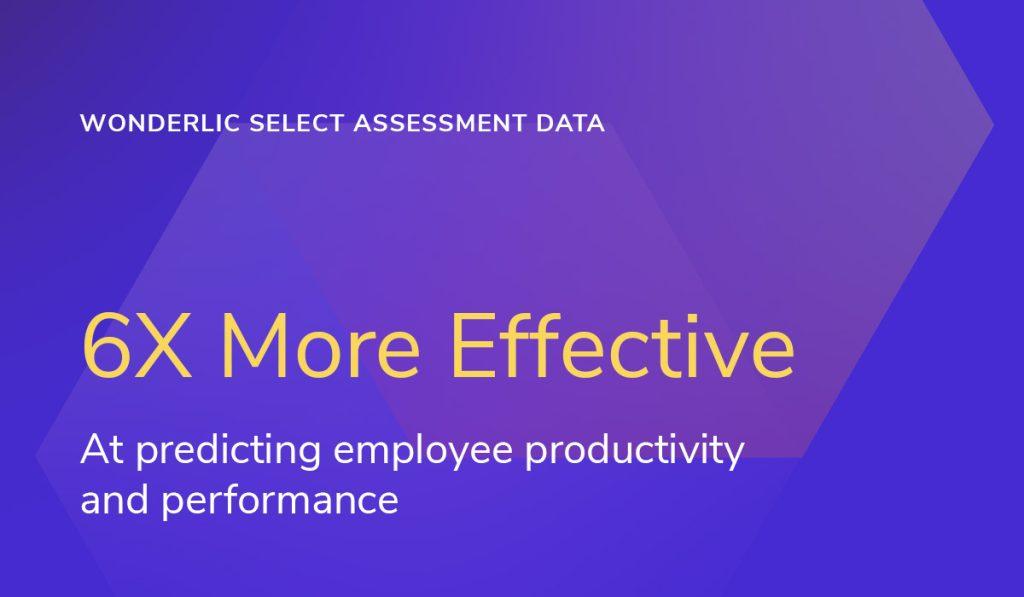
Given the well-documented cost of ‘bad hires’, imagine the benefit of measuring a candidate’s likelihood to succeed in the roles you are hiring for. Wonderlic Select eliminates the guesswork.
Why is this important?
Because modern workforce challenges have drastically increased the number of variables HR leaders have to account for.
Take sales. The thinking behind what makes a successful sales rep has evolved over the years. While the old belief that only extroverts can be successful in sales roles is no longer standard, our assessments dig a layer deeper into what does drive sales success. Our research shows that successful salespeople have strong problem solving abilities and are independent learners. While these attributes are critical for the role, they are not always easy to discern from a resume or interview. Adding the power of an objective assessment that measures role-critical attributes gives you a predictive indicator of on-the-job success.
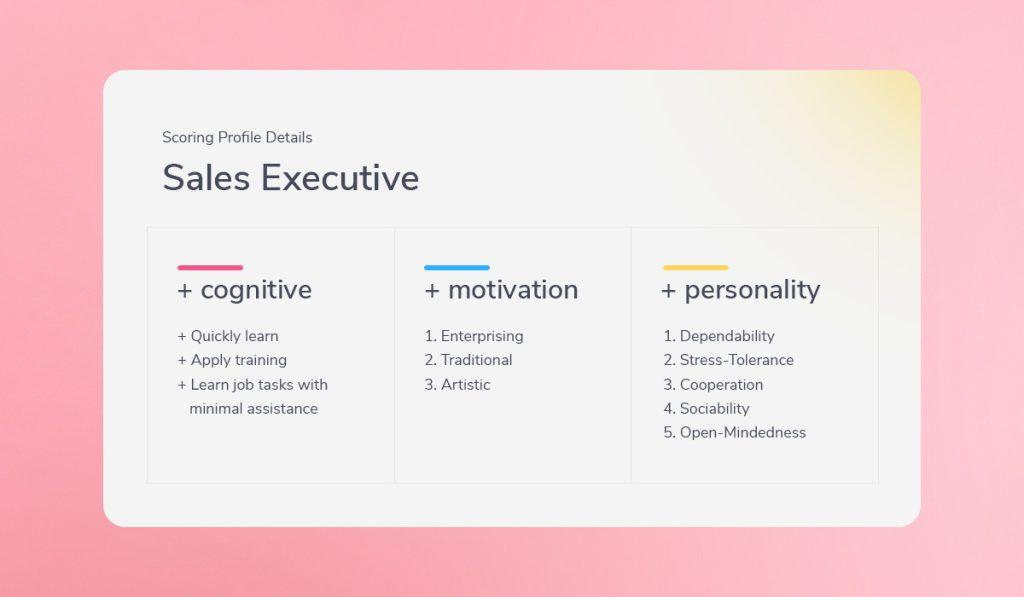
Once you’ve filled an open role, your next priority is to keep your employee engaged. Lack of development is an evergreen item on ‘why people leave’ lists. While performance development programs are frequently seen by HR as a way to prepare good employees for their next role, it’s also a way to help good employees perform at a high level. This is especially true given that skills within roles are changing rapidly. Wonderlic Develop can help. Having a scalable, assessment-based development model helps your team managers get the best performance out of current staff, while paying it forward to your organization. Five years from now, some of the people you developed will have leadership roles in your company.
Winning companies win with talent
At Wonderlic, we don’t talk about the talent roller coaster lightly. Talent markets expand and contract, roles and industries change, and many issues that leave workers burnt out and underperforming still remain. Organizations that take steps to improve those aspects of the employee experience they control will stand apart from the competition. An effective employee development program will help employers compete to get the best people in-role, get the most out of them quickly, and keep them in the organization over time.
Given these headwinds, forward-thinking HR leaders can play a strategic role in building their organization’s future. A systemic approach to building an assessment-based decision-making model for talent will become a linchpin for building and developing a workforce that is better aligned to the roles they were hired for, more adaptable, more capable, and more promoteable.
Reach out to learn more about Wonderlic talent assessments.


